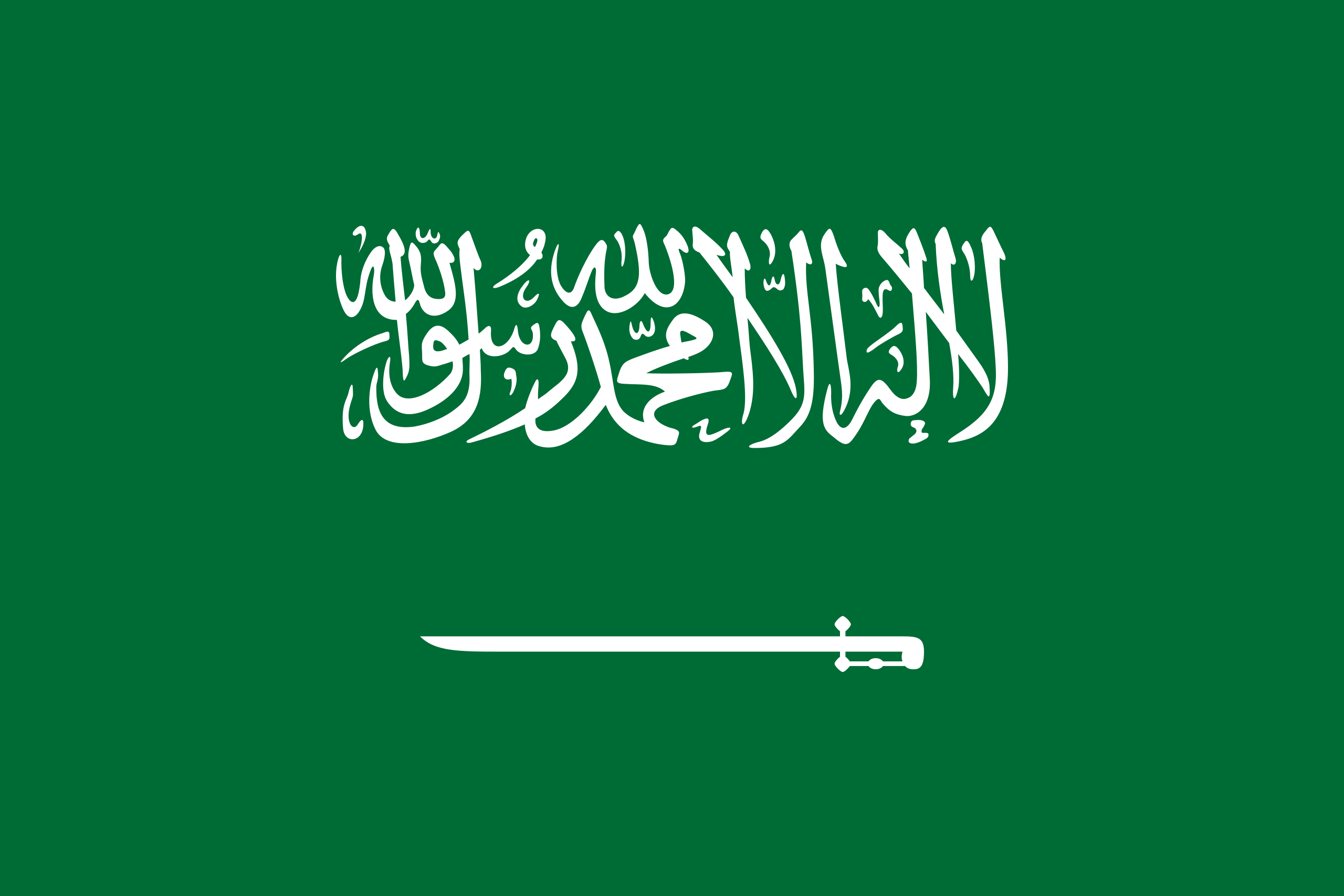
Types of administrative leadership
Do you feel stuck in a leadership role? Do you want to be an inspiring leader who motivates his team to achieve unprecedented goals? Administrative leadership is not just a title, but rather a skill that can be learned and developed.
In this article, we will learn about the various types of administrative leadership, and we will explore how each type can affect the performance of your team and your organization. We will also discuss the most important qualities that a successful leader must possess, and how you can build an effective leadership style that guarantees you success in Your professional career. In this article, you will discover that administrative leadership is not just a set of theories, but rather an art that requires practice and continuous development. Just follow us until the end.
The meaning of administrative leadership
First, before talking about the types of administrative leadership, we must define this term in a better way. The meaning of administrative leadership is that it is the process through which an individual influences a group of individuals positively, so that they work together in harmony to achieve common goals. It is the ability to direct and encourage others to work efficiently and effectively, and motivate them to achieve their full potential.
Accordingly, the meaning of administrative leadership is the activities carried out by the person in authority to make the (administrative) decision through many methods, whether intimidation or motivation of various types, between material and moral stimulation. It is simply a set of methods that are relied upon to achieve a specific goal, so it must be A leader has a set of qualities in order to be able to master the arts of management.
Leader qualities
The most important characteristics of a successful administrative leader include:
Clear vision: The ability to define the future goals of the organization and chart the way to achieve them.
Inspiration and motivation: A leader's ability to ignite enthusiasm in his team and motivate them to do their best.
Effective Communication: The ability to communicate clearly and transparently with the team, and listen to their opinions and suggestions.
Decision making: The ability to make critical decisions in a timely manner, while taking responsibility for their results.
Self-confidence: The leader’s belief in his abilities and those of his team, and his ability to face challenges with confidence.
Flexibility and adaptability: the ability to adapt to constant changes and challenges in the work environment.
Integrity and honesty: commitment to values and ethics, and building relationships based on mutual trust.
Emotional intelligence: the ability to understand the feelings of others, deal with them intelligently, and build strong human relationships.
Ability to think critically: The ability to analyze information and make decisions based on facts and evidence.
Problem-solving ability: The ability to identify problems and find innovative solutions to them.
Ability to develop others: Encourage team members to learn and develop professionally.
Types of administrative leadership
Types of administrative leadership vary depending on the leader's methods of dealing with his team and making decisions, and different work conditions. As for the most famous types of administrative leadership that leaders rely on, they include:
1. Democratic leadership (participation)
Here, the democratic leader encourages the participation of team members in making decisions, and listens to their opinions and suggestions.
This type of administrative leadership is characterized by the fact that it enhances team spirit, increases productivity and creativity, and gives employees a sense of responsibility.
As for the disadvantages, the decision-making process may take longer, and may not be appropriate in emergency situations.
2. Autocratic leadership
Here the autocratic leader makes decisions individually without consulting the team, and directs them strictly.
It has the advantage that it may be effective in emergency situations or when time is limited.
Its disadvantage is that it reduces team spirit, leads to low employee morale, and limits creativity.
3. Chaotic leadership (anarchism)
A chaotic leader gives team members complete freedom to make decisions without any direction or supervision.
It is characterized by encouraging creativity and innovation.
As for its drawbacks, it may lead to chaos and failure to achieve goals, and it lacks direction and accountability.
4. Transformational (delegative) leadership
A transformational leader focuses on motivating and developing team members, helping them achieve their full potential.
It is characterized by building strong relationships with the team and increasing loyalty and commitment.
Its disadvantage is that it may require a lot of time and effort from the leader.
5. Behavioral leadership
Here the behavioral leader focuses on rewarding positive behaviors and punishing negative behaviors.
This type of administrative leadership is characterized by the fact that it helps achieve specific goals.
As for the disadvantages, they may lead to focusing on material rewards rather than internal motivations.
The styles or types of administrative leadership are not limited to these types only. Leadership is an art, a great field, and a science that must be mastered in order to become a real, influential leader capable of achieving your goals.
The impact of administrative leadership on employee performance
Administrative leadership directly affects the performance of employees and the achievement of the organization's goals, as leadership plays a pivotal role in motivating employees, enhancing team spirit, and building a positive work environment, which reflects positively on productivity, quality, and efficiency.
The impact of administrative leadership on employee performance includes the following:
Increased Productivity: Effective leaders are able to motivate their teams and direct their efforts towards achieving set goals, which leads to increased productivity and better results.
Improving quality: Good leadership encourages adherence to quality and set standards, which leads to improved quality of products and services.
Innovation and creativity: Leaders who encourage creative thinking and provide the necessary support motivate employees to provide new ideas and innovative solutions to problems.
Increased Job Satisfaction: When employees feel valued and supported by their leadership, their loyalty and connection to the company increases, which leads to increased job satisfaction.
Reduce the level of a
















